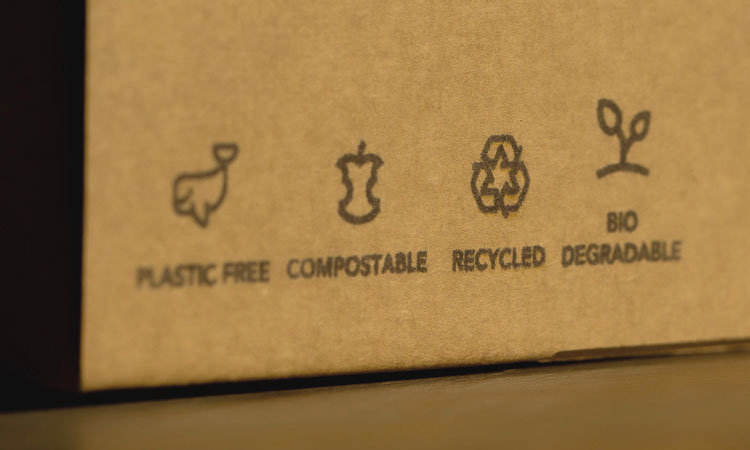Five trends in food packaging for 2023
1902
March 17, 2023

As the world continues to recover from the disruption caused by the COVID-19 pandemic, the food packaging industry foresees beneficial opportunities ahead. An increasing number of consumers are more concerned than ever about food waste. They are displaying commitments to sustainability—even if it means paying more—and want to see these paralleled concerns from their favorite companies. Routines have changed, including consumers’ expectations regarding the quality and presentation of the food they put on the table.
If you are looking to keep up to date with the new demands of the market, check out five trends that the food packaging industry is expecting to see this year:
- Think green, go green
Sustainability is top of mind for consumers, companies and governments, which makes recyclable packaging an obvious place to begin. However, customers are searching for more. Companies will remain a step ahead if they provide packaging with smaller carbon footprints, containers that use minimal plastic materials, compostable solutions or production environments that will ensure the lowest waste levels.
- Adaptation of durable core products
Increased consumption of core shelf-stable food products (such as canned meals) from the pandemic is here to stay, while companies are adapting with variations in product formulations and package formats. Consumer desires and tendencies will shift as the world continues to evolve to the post COVID-19 environment, and they reveal which products will become more “sticky” over time. Food manufacturers should remain focused on core products while remaining flexible.
- Simple package, smaller portions
With an increase in demand for products created with simple, practical designs and easy-to-read ingredient labels, packaging companies are utilizing a minimalist approach. Not only are the size of packages getting smaller, but also the portions, as consumers have become more self-aware of food waste.
- Frozen gourmet
Over the last few years, frozen meals have undergone a large transformation regarding ingredients, and recipes are targeting consumers who value quality but cannot—or do not want to—spend time cooking. Convenience is the key factor today, as high-end gourmet food companies have increased the number of options available for frozen and single portion, ready-to-eat meals.
- Looking fresh for longer
Consumers are increasingly searching for food that is both tasty and served quickly, but also looks and feels fresh. As a result, companies are investing in high-quality ingredients and packaging alternatives that ensure a lengthy shelf-life without compromising the meal’s flavor and freshness appeal.
For more information, please contact: